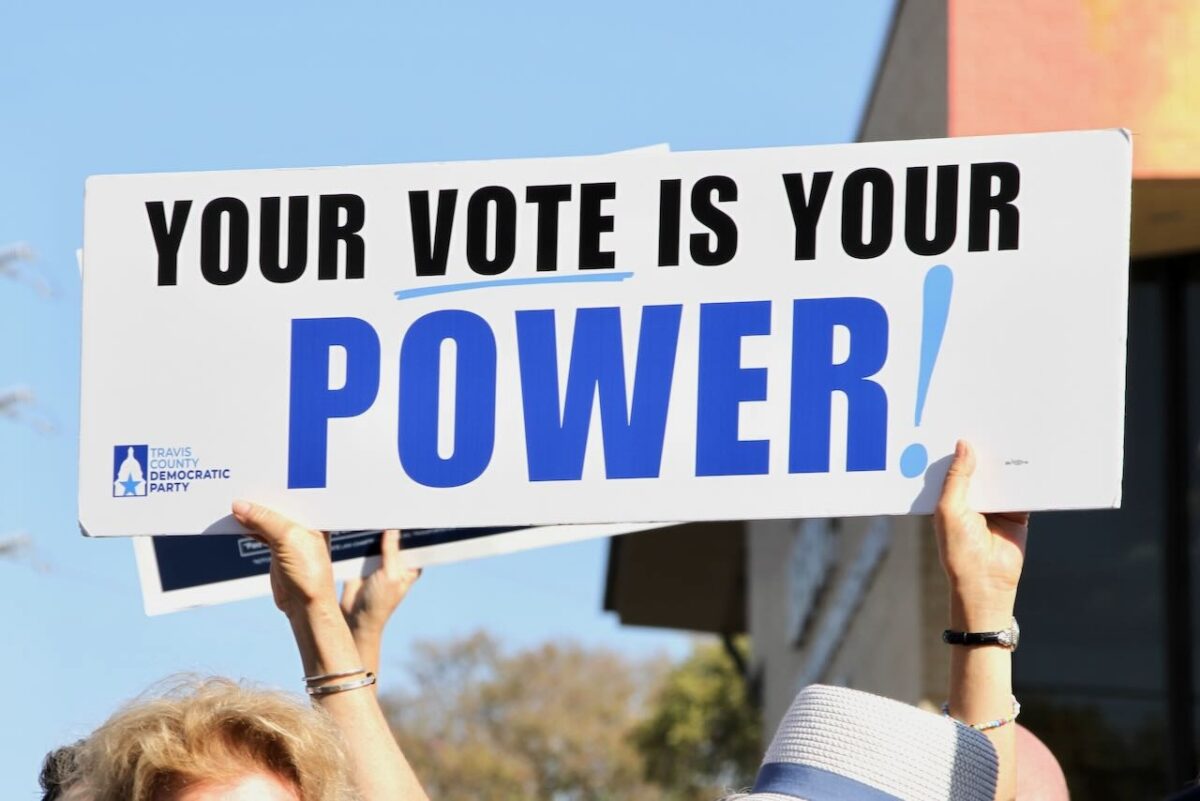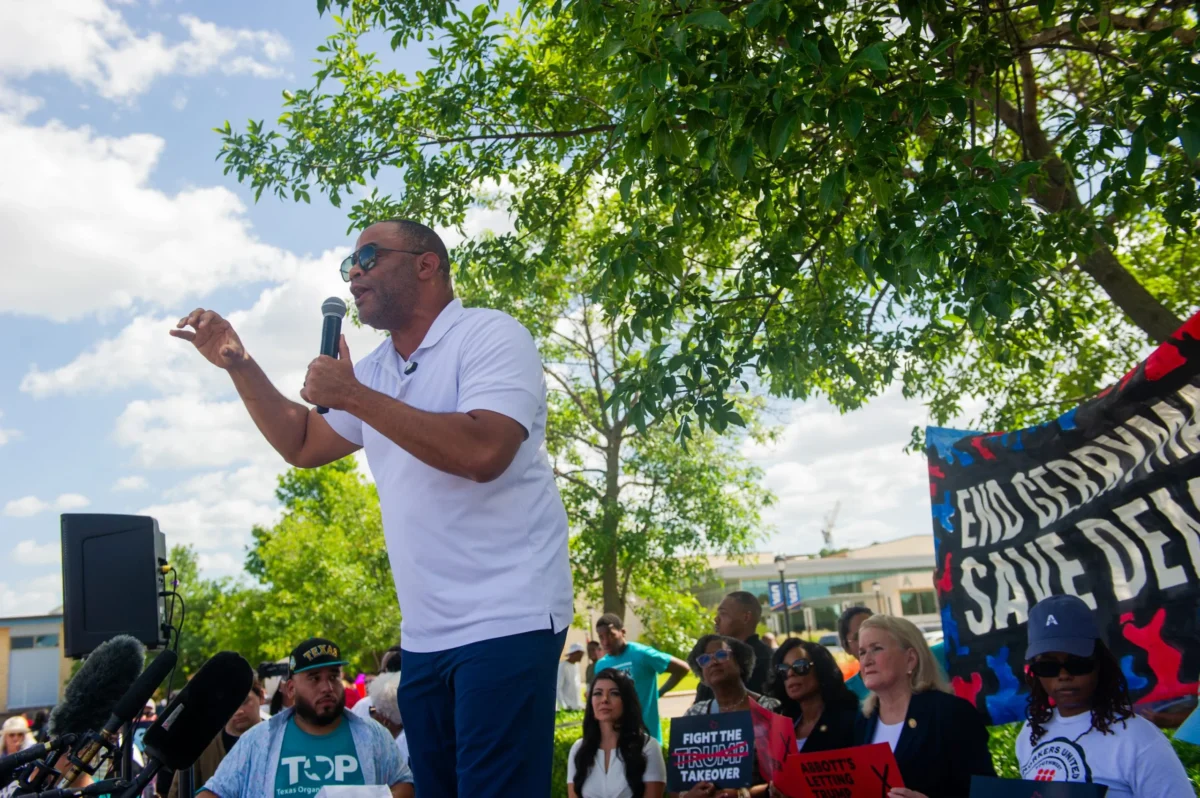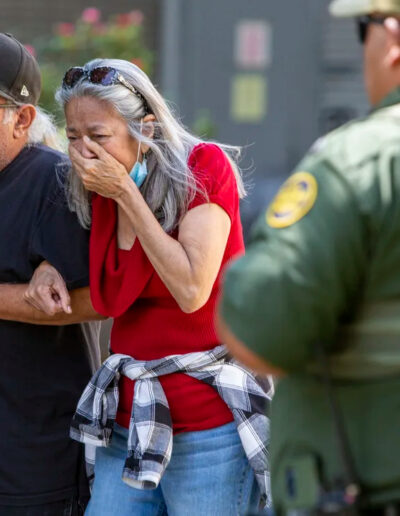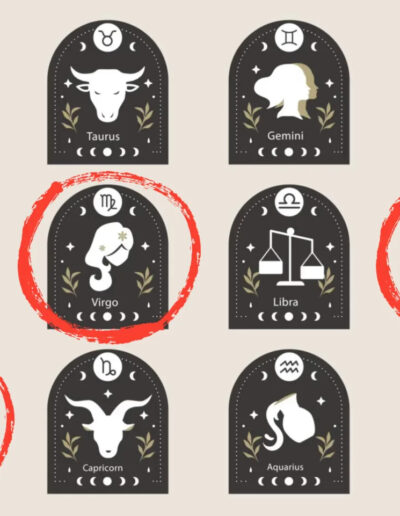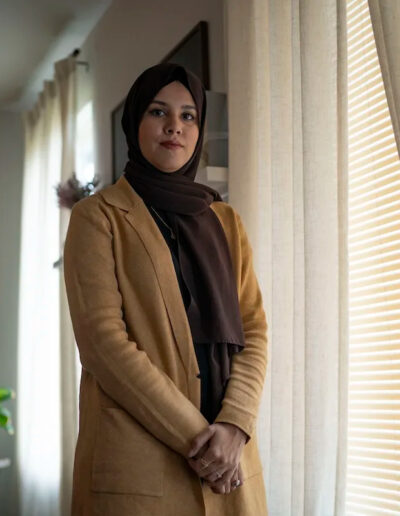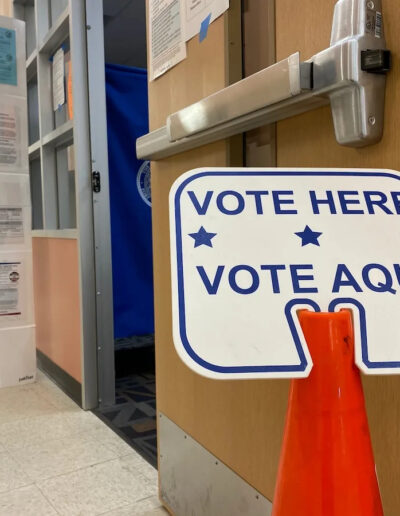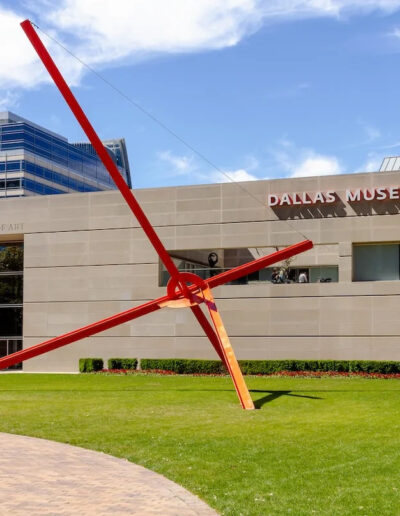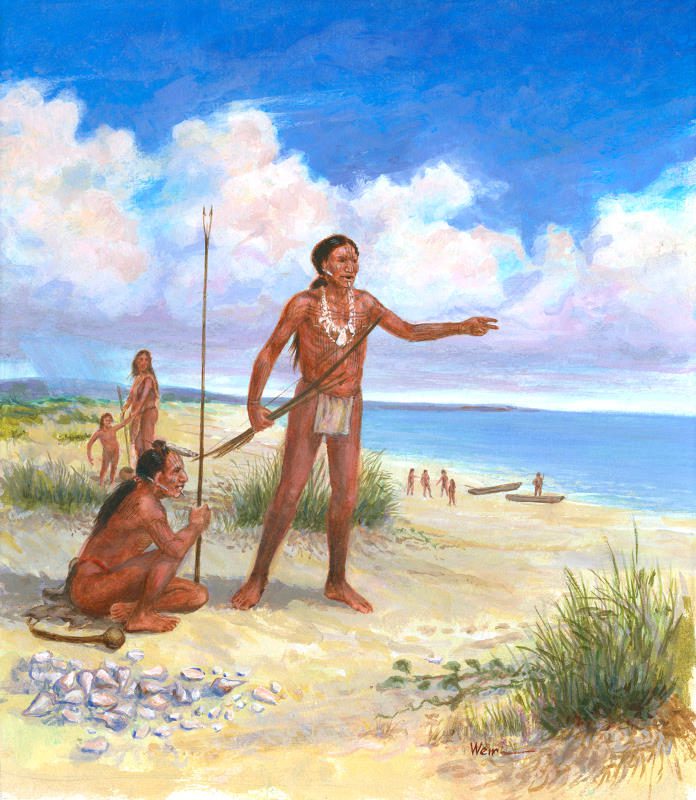
A painting of the Karankawa tribe, a group that once lived along the Texas Gulf Coast. (Texas Sea Grant/CC BY 2.0)
For centuries before Houston officially became a city, Indigenous tribes lived along the Texas Gulf Coast. Discover their traditions, culture, and way of life.
Houston became incorporated in 1837 and has continued to grow since then. However, Indigenous tribes had lived in the area for multiple centuries prior to that, and they were established even before European settlers came to explore the land.
Here’s what we know about the tribes living along the Texas Gulf Coast and their way of life.
What Indigenous tribes were living around Houston before the city officially became Houston?
Though a few residents may have been from other tribes, the most common Indigenous people found along the Texas Gulf Coast were the Karankawa and Akokisa, a group within the Atakapa tribe.
Karankawa
In 1528, Spanish explorer Álvar Núñez Cabeza de Vaca arrived in Galveston Bay and met a group of Karankawas, the first documented interaction between American Indians and European settlers in modern-day Texas. The Karankawas welcomed Cabeza de Vaca and treated him and his men well, providing shelter and food.
However, the attitude shifted when future French and Spanish explorers came to colonize the land. A group led by Sieur de La Salle stole a canoe, resulting in constant fighting on both sides. The Karankawas attacked the settlement of La Salle in 1688, killing everyone except the children, who they adopted into their tribe.
Karankawas tried to fend off efforts from additional Spanish settlers to convert to Christianity and move into mission work, successfully defending their ground. However, over the years, attacks and diseases began inflicting the tribe, and the Karankawas only had a few remaining survivors in 1858. A surprise attack from Juan Nepomuceno Cortina on the Karankawa people in Rio Grande City wiped out the rest of the tribe.
Atakapa and Akokisa
The Akokisas, also known as Accokesaws, Arkokisa, and Orcoquiza, were the westernmost of the Atakapa tribes, which had several regional bands around Texas and Louisiana. Akokisas established homes and businesses in Galveston Bay and the Trinity and Sabine rivers. Most of the Texas Atakapa lived on the northern part of the coast. They represented the Niāl or Panther band, using a panther as their totem and setting up settlements around the Sabine River.
The last known report about the Akokisas comes from 1805. They lived in two settlements—one on the lower Colorado River and the other right along the coast between the Sabine and Neches rivers. As more European settlers came in—bringing diseases to which the Native Americans had no immunity—the surviving settlers looked for different ground. Most likely, the remaining Akokisas headed toward Louisiana to meet up with the Atakapas there and were entirely out of Texas by the time the Texas Revolution happened.
What was the culture like for Indigenous people in the Houston region?
Author Albert S. Gatschet wrote about the Karankawa way of life, highlighting their penchant for traveling along the coast and only staying in one place for a month or so before moving on. They often held their breath while talking, ending sentences with a large exhale, frequently incorporated gestures to speak with other tribes, and used smoke signals to communicate with each other from lengthy distances.
The Karankawa engaged in notable arts and recreation activities, as well. The tribe created at least three musical instruments, including a shaker made from a stone-filled gourd, a wooden flute, and a piece of wood scraped with a stick, similar to a washboard. For athletics, the tribe practiced archery, hatchet throwing, wrestling, and various ball games. They made their own bows and arrows, and seemed to withstand extreme temperatures, often swimming in freezing water or breaking ice using their bodies. Was this an early version of today’s trendy cold plunge, perhaps?
The Akokisa’s culture seemed to be much simpler. They foraged in rivers and forests for food and believed in equality among all people. There was no chief of the tribe and no mandated religion. The tribe had no written language and didn’t settle in permanent homes or enforce clothing restrictions. Their residences were shaped like beehives, using grass or palmetto leaves as thatched roofs to bring fresh air into their homes amid the hot and humid climate. At night, Akokisa slept on straw beds covered with animal skins.
European settlers noted that the Akokisa seemed to communicate with their own language, plus sign languages for other tribes. Spanish records only contain two words from the spoken Akokisa language: “yegsa,” which means Spaniard, and “Quiselpoo,” a woman’s name. Both men and women of the tribe had tattoos on their bodies and faces.
The tribes reportedly practiced cannibalism; ”atakapa,” which is a Choctaw or Mobilian word, translates to “eater of human flesh.” Additionally, the Karankawas and Akikosas had diets of fish, oysters, deer, bison, maize, berries, nuts, and other food gathered from the land and sea. Their primary method of travel was dugouts, canoes made from hollowed-out trees. Those dugouts allowed them to move along the coast and head further inland during colder seasons, where they hunted deer and bison.
Do Native American tribes still live in Texas today?
Before European settlers came, Native Americans lived throughout what is now Texas. In addition to the Karankawas and Akokisas, the Caddos lived in East Texas, and the Jumanos primarily had reservations in West Texas.
The Comanche tribe, which drove off the Apache, experienced a similar outcome when Texas won its independence from Mexico in 1836. The Comanche territory eventually decreased in size until the remaining tribe, led by Chief Quanah Parker, surrendered and moved to modern-day Oklahoma.
Today, three federally recognized tribes still have Texas reservations. The Alabama-Coushatta has about 1,200 citizens, with about half (589) living in Polk County, Texas. The Kickapoo Traditional Tribe of Texas is based just south of Eagle Pass, with about 960 tribal members. It uses money from business and gaming operations to provide services, education, and housing for the tribe. The third tribe, Tigua Pueblo (also known as Ysleta del Sur Pueblo), is in the Ysleta section of El Paso. During the most recent census, Tigua Pueblo had 4,696 enrolled citizens, primarily speaking English and Spanish.
At the state level, the Lipan Apache Tribe of Texas has its headquarters in McAllen. The Karankawa-Kadla are a group of people who descended from the original tribes and are working to revive the language. Members have also written books and hosted events to educate others about culture, artifacts, and related topics. About 70,000 Indigenous people representing approximately 150 tribal groups currently live in Houston. Across the state, American Indians from a variety of tribes and backgrounds carry on the cultures and traditions of their ancestors in their daily lives.
This article first appeared on Good Info News Wire and is republished here under a Creative Commons license.





